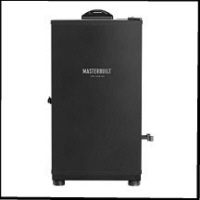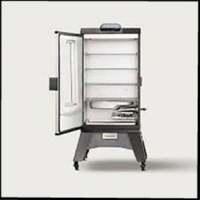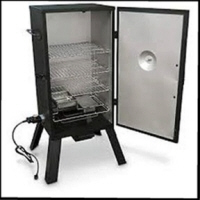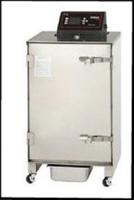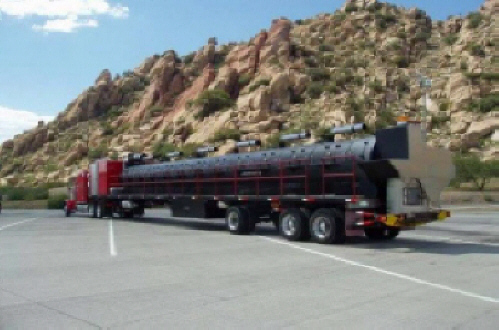Home - Recipes - Butcher
Charts -The Wood - Que Tips - BBQ Lingo
Smokers - Que Gear - Pitmasters - BBQ Nation - Leftovers - About Us
![]()
Smokers
Home - Recipes - Butcher
Charts -The Wood - Que Tips - BBQ Lingo
Smokers - Que Gear - Pitmasters - BBQ Nation - Leftovers - About Us
![]()
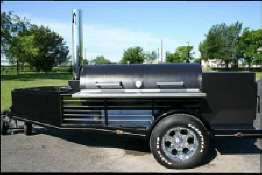
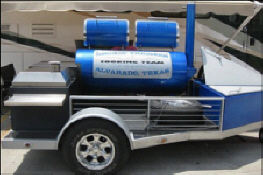
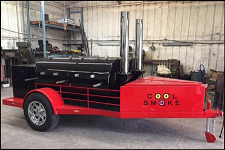
Lang Smokers
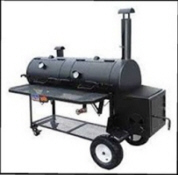
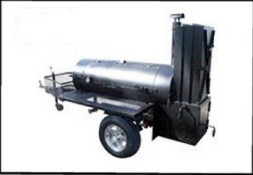
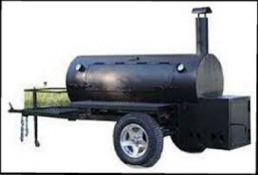
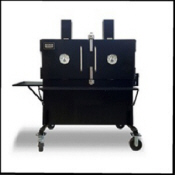
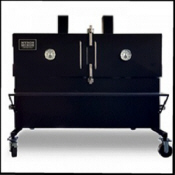
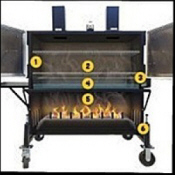
Pellet smokers come in all different sizes and shapes. From small backyard units that will hold about one pork butt to commercial units that can hold up to 800 lbs. of meat at one time. Pellet smokers are fueled by small wood pellets, available at most home improvement stores, department stores and even larger grocery stores. They come in various types of wood such as hickory, oak, pecan, apple, cherry and several others. The pellets are loaded into a side shute leading directly down to the firebox. The pellets are fed into the firebox by an electric powered auger. The auger is controlled by the temperature thermostat. Any time the smoker temperature drops below desired set temperature, the auger automatically feeds more pellets into the firebox, thus raising the temperature in the smoker. Pellet smokers are allowed in most BBQ competitions, however, they are not revered as "Real Wood Smokers" by many BBQ pitmasters due to the amount of automation involved. True wood burners or not, pellet smokers offer the real wood burning aspect of a stick burner along with the simplicity and accuracy few other smokers can offer. For this reason they are especially suited for the backyard pitmaster who doesn't want to spend their whole day tending a fire.
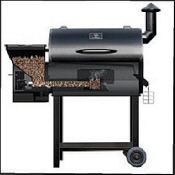
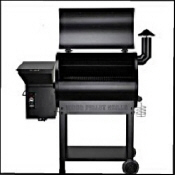
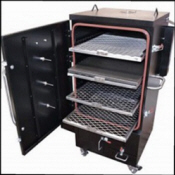
These types of smoker/cookers are very popular with backyard cooks as well as competitive Pitmasters. They are perfect for smoking small amounts of meat since they require less charcoal, are easier to use and take up less space than traditional smokers. The Green Egg and the Kamado Joe are ceramic style smokers. Although there are many others on the market, these two are by far the most popular. They incorporate a ceramic insert inside the cooker which vastly improves obtaining consistent temperatures and maintaining an even heat distribution throughout the cooker. This ceramic style of cooker designs dates back centuries in the Asian art of preparing food. The Weber Smoker is just one example of the simple bullet style smoker. They offer a no thrills approach to smoking smaller quantities of meats while at the same time offering superb cooking of food with a compact design.

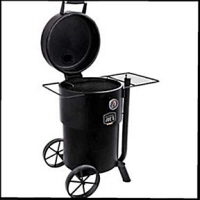
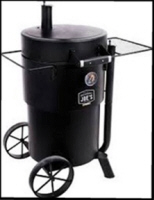
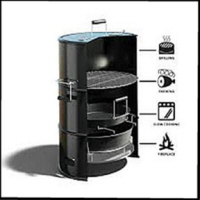
Oklahoma Joe Drum Smokers
